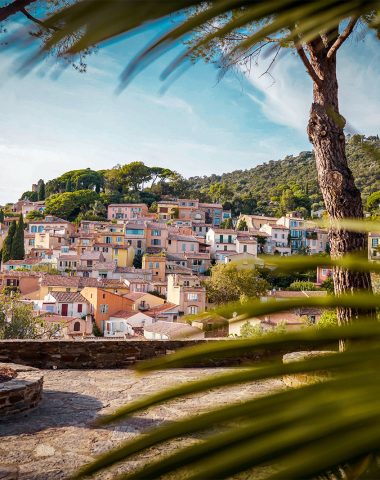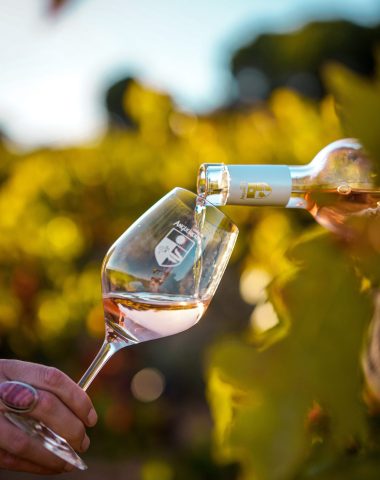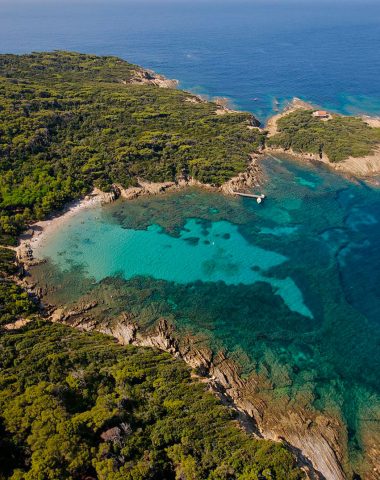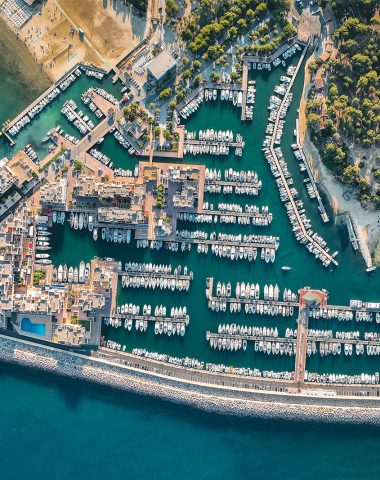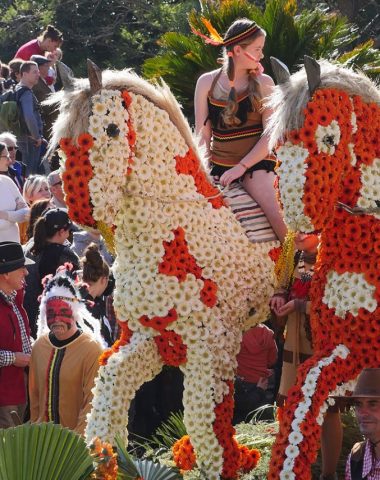Embark on a captivating journey along the Chemin des Sages, a project born from a visionary gathering of the Conseil des Sages, composed of wise individuals aged 60 and above, carefully chosen by local councilors for their wealth of experience. Inspired by the core principles of our Republican motto “Liberté, Égalité, Fraternité,” the council sought to breathe life into these ideals in the town of Bormes.
The Concept Takes Flight
A groundbreaking idea emerged during the council’s meeting—to adorn the town with phrases from renowned men and women, celebrated worldwide for their wisdom and humanism. The goal was to ignite the conscience of both passers-by and tourists, fostering a deeper connection with these universal values. To gain the support of the Mayor and the Council, the decision was made to integrate this pathway with the installation of historical plaques on the town’s iconic monuments. The members of the Conseil des Sages then meticulously designed the route through the medieval village and dedicated themselves to creating the perfect support, texts, images, and symbols for these plaques.

The butterfly, symbolizing joy, beauty, grace, and lightness of being, was chosen as the emblem of the project. Its transformative journey mirrors the essence of personal growth and rebirth. Just like the butterfly, we too experience different stages in life—a profound metamorphosis that allows us to release our past and embrace the beauty of who we’ve become. Symbolizing wisdom, the butterfly becomes a boundless source of inspiration. Beneath its delicate exterior lies an unwavering strength. Despite its ephemeral lifespan of a few days or weeks, the butterfly brings joy and exuberance through its graceful flight, fully savoring every moment that nature presents. Let us, like the butterfly, fearlessly embrace the experiences life offers us, both good and bad, knowing that they are fleeting. After all, our past experiences provide the best preparation for the future, allowing us to tread life’s paths with
Biography of Alexandra David-Néel
French-Belgian explorer, musician, icon of female emancipation, journalist and writer.
Louise Eugénie Alexandrine Marie David, known as Alexandra David-Néel, was born on October 24, 1868, in France. She grew up as the only child of a Belgian Catholic mother and a French Protestant and Freemason father. At the age of 21, she converted to Buddhism and developed a deep passion for the Orient. Learning Sanskrit and Tibetan, she immersed herself in various teachings. Alexandra’s artistic pursuits led her to the Brussels Royal Conservatory, where she studied singing and piano. Becoming an opera singer, she achieved the remarkable feat of becoming the first female singer at the Hanoi Opera. It was during this time that she met and married Philippe Néel, chief engineer of the Tunisian railroads, in 1904.
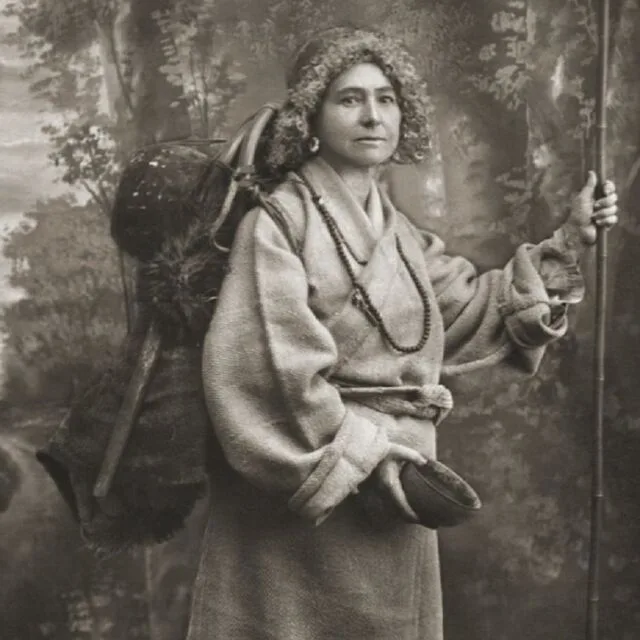
In 1911, Alexandra embarked on a solo journey to India and Tibet, originally planning to return after 18 months. However, she ended up staying away for 14 years. Despite the long separation, she and her husband maintained a deep bond through their extensive written correspondence. During her travels in the Himalayas, she met Aphur Yongden, whom she adopted as her son. Alexandra had an audience with the 13th Dalai Lama in 1912 and continued her travels through Tibet, China, and Japan, engaging with various religious figures.
In 1923, disguised as a beggar, she and her adopted son Aphur Yongden, disguised as a monk, successfully journeyed over 2000 km to enter Lhasa, the capital of Tibet, which was forbidden territory for foreigners. They spent two months there before being exposed. After returning to France, Alexandra was astonished by the fame her adventure had garnered, leading her to publish her remarkable story. She also contributed articles to the feminist journal La Fronde and actively participated in meetings of the National Council of French Women. Alexandra David-Néel was an advocate for women’s economic emancipation, distinguishing her from the predominantly bourgeois feminists of her time.
The incredible diversity of encounters and teachings during her earlier life shaped Alexandra’s extraordinary career. Her commitments ranged from feminism and anarchism to philosophical engagement with Freemasonry. Alongside her intellectual pursuits, she enjoyed a fulfilling artistic life as an opera singer. Alexandra David-Néel passed away on September 8, 1969, at the remarkable age of 100. Her ashes, along with those of her adopted son, were scattered in the Ganges. Alexandra’s name will forever be associated with her groundbreaking exploration of Tibet.
Lou Portaou and the alleways of the Middle Ages
“Lou Portaou,” a Provençal term, translates to the main entrance of the village. In the past, it served as the sole gateway for carts to pass through. Positioned high above Rue Carnot, access was facilitated by a ramp, a feature that remains unchanged today. During periods of seigniorial ownership, particularly during epidemics like the plague, this area was closely guarded. Additionally, the significant passageway functioned as a tollgate for various taxes. It had to be sufficiently broad and lofty to accommodate loaded carriages or individuals on horseback. Once visitors entered through this gateway, they found themselves under the protection of the ramparts and the armed men of the seigneury. The village’s primitive structure was encircled by a wall that stood 6 to 8 meters tall and 1.30 meters wide.
From this entry point, visitors would disperse throughout the village, which was organized around narrow lanes constructed along the winding terrain, cleverly utilizing rocks as anchoring points. The primary objective was to obstruct the prevailing wind’s path. The mistral, a cold northwesterly wind, could be highly destructive and blow for days on end. The narrow alleys also acted as a hindrance to potential invaders, limiting the movement of numerous soldiers and impeding any potential attack.

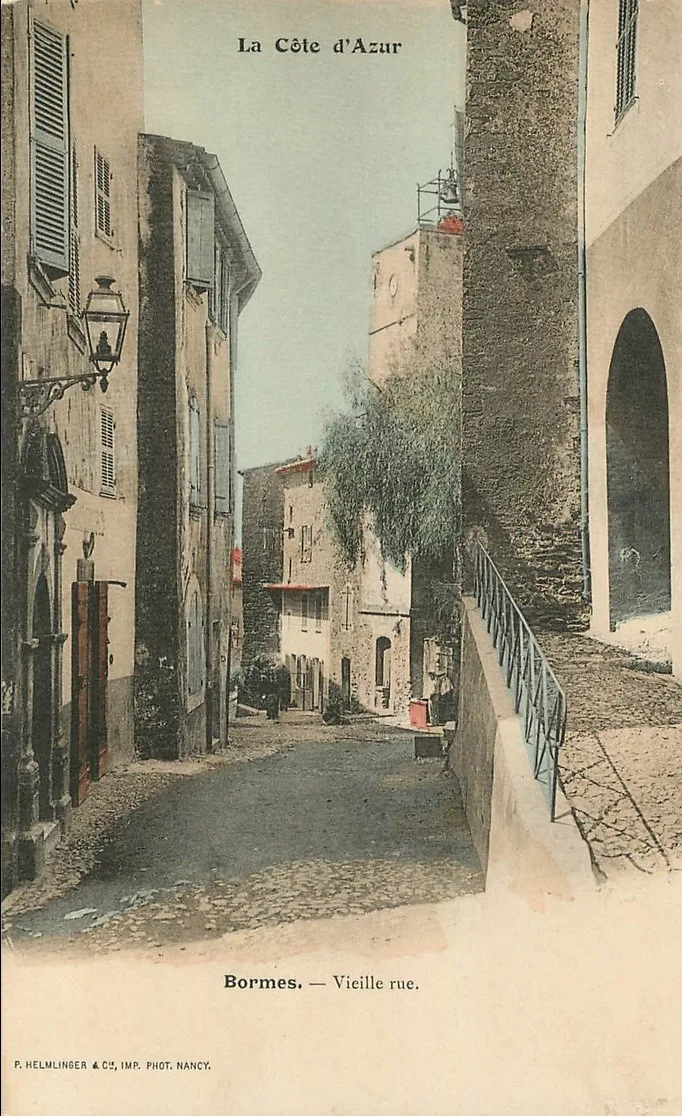
The ground was typically made of compacted earth, with the exception of heavily trafficked alleys or steep slopes. In such cases, villagers created “calades,” stone pavements made from local stones laid on edge, protecting the ground from frequent passage and erosion. While runoff was channeled, the streets sometimes doubled as dumping grounds. On steeply sloping streets, slipperiness was a concern, evident in the name “rue Rompi cuou,” where one could easily slip and injure their posterior.
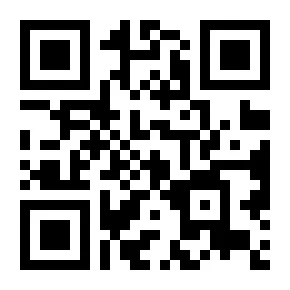
To experience the full splendor of the Chemin des Sages and delve deeper into the fascinating stories that unfold along this path, we invite you to explore the Baludik app.
Scan the QR code and embark on an interactive journey filled with games, surprises, and a deeper connection to the rich heritage of Bormes.


